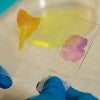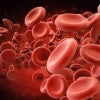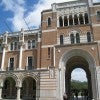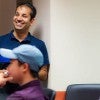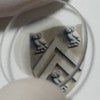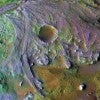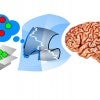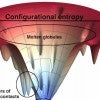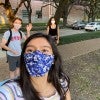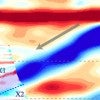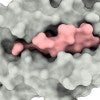AI-powered microscope could check cancer margins in minutes
December 17, 2020
Researchers from Rice University and MD Anderson Cancer Center have created a microscope that uses artificial intelligence to quickly and inexpensively image large tissue sections at high resolution with minimal preparation. If clinically validated, the DeepDOF microscope could allow surgeons to inspect tumor margins within minutes.
Antibody study suggests COVID-19 infections underestimated
December 14, 2020
A monthslong study to determine the number of Houstonians carrying COVID-19 antibodies revealed infections may have been four times greater than viral tests showed, according to collaborators at the Houston Health Department, Rice University and Baylor College of Medicine.
Hidden structure found in essential metabolic machinery
December 4, 2020
Rice University biochemists have discovered membrane-divided subcompartments within organelles called peroxisomes, essential pieces of metabolic machinery for all higher order life from yeast to humans. The research appears this week in Nature Communications.
Rice scientist joins next Mars adventure
December 2, 2020
A Rice University geologist is one of 13 scientists recently selected to operate the Mars rover Perseverance and analyze samples for an eventual return to Earth.
Understanding frustration could lead to better drugs
November 23, 2020
Atom-scale models of proteins that incorporate ligands, like drug molecules, show a strong correlation between minimally frustrated binding sites and drug specificity. Such models could lead to better-designed drugs with fewer side effects.
Former piece of Pacific Ocean floor imaged deep beneath China
November 16, 2020
In a study that gives new meaning to the term "rock bottom," seismic researchers have discovered the underside of a rocky slab of Earth's lithosphere that has been pulled more than 400 miles beneath northeastern China by the process of tectonic subduction.
